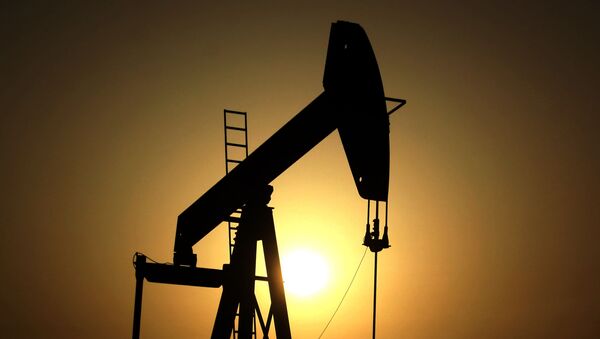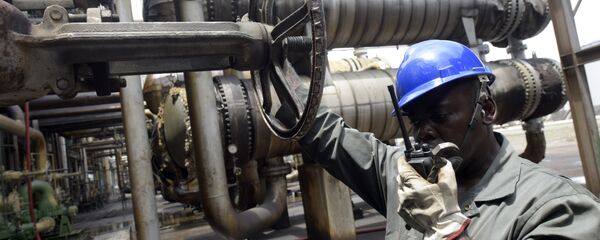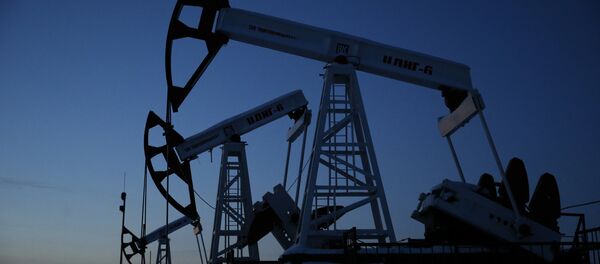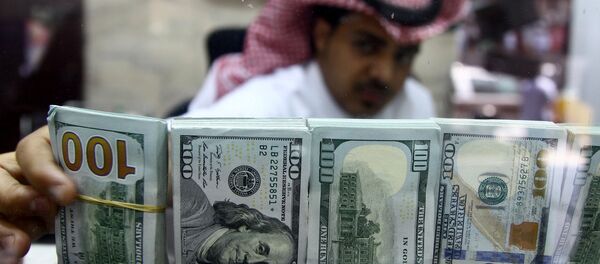Saudi Arabia, Iran, Iraq and the United Arab Emirates increased their output. For example, Riyadh increased production to 10.63 million barrels a day, adding nearly 500,000 barrels. During the recent OPEC meeting, all those countries pledged to cut production.
However, Saudi Arabia said it will decrease output by less than 500,000 barrels a day (442,000), to 10.145 million which is still higher that the 2015 level (10.123 million) and corresponds with the aggregate results of the first quarter of 2016.
According to the preliminary deal, Iran will set a target for a daily output of 3.7 million barrels, 50,000 higher than the current production level.
There has been a standoff between Iran and Saudi Arabia on the need to freeze production. Tehran would not agree to cut output, trying to make up for all the time Iran was under the sanctions. Riyadh, in turn, said it would reject any freeze deal in if Iran is not involved.
"In fact, this deal is not imposing any restrictions on the OPEC members. This resembles the situation in a store before sale. The prices go up and then the sale is declared and the prices go down, but they are a bit higher than they were before the increase. This is a marketing trick," Ivan Kapitonov from the Russian Presidential Academy of National Economy and Public Administration wrote in an article for Expert Online.
The expert assumed that taking into account the current output level, this move is likely to be approved at the November summit. The move will not lead to any significant changes in production volume.
As for the financial market, it responds to every newsworthy event and this is why currently the oil price is rising. But if no other news comes in the near future the market will be again flooded with previously contracted oil, the author wrote.
"However, I’d like to make a cautious assumption that the oil price wars will soon end, probably during the next 12 months. Producers will make more money if they sell less at higher prices rather than if they sell more at lower prices," Kapitonov pointed out.
However, according to Konstantin Simonov, director of Russia's National Energy Security Fund, the decision will have little impact on global oil prices because the market is driven by the behavior of market speculators.
"Let's be honest, the influence production factors have on (oil) prices is greatly exaggerated. Production volumes are not the main thing in the formation of the price of oil. The main thing is the exchange rate of the US dollar, and the position of speculators who either throw money at the futures market, or close their position. […]The question is, what kind of game they want to play – are they going to bet on a fall or a rise in prices," he told the Russian online newspaper Vzglyad.
The oil price will head back towards $100 per barrel as the market gets used to shale oil, Michael Poulsen, oil analyst at Global Risk Management Ltd, told Radio Sputnik.
The market is still oversupplied and is likely to re-balance in 2017. By the end of 2018, the price is likely to return to "three digits again," Poulsen suggested.
Oversupply and sluggish demand in the global market have caused oil prices to plunge from $115 per barrel in June 2014 to less than $30 per barrel in January 2016. Prices recovered amid Nigeria and Venezuela's output outages and growing demand in May, reaching a peak of over $50 per barrel in early June.





